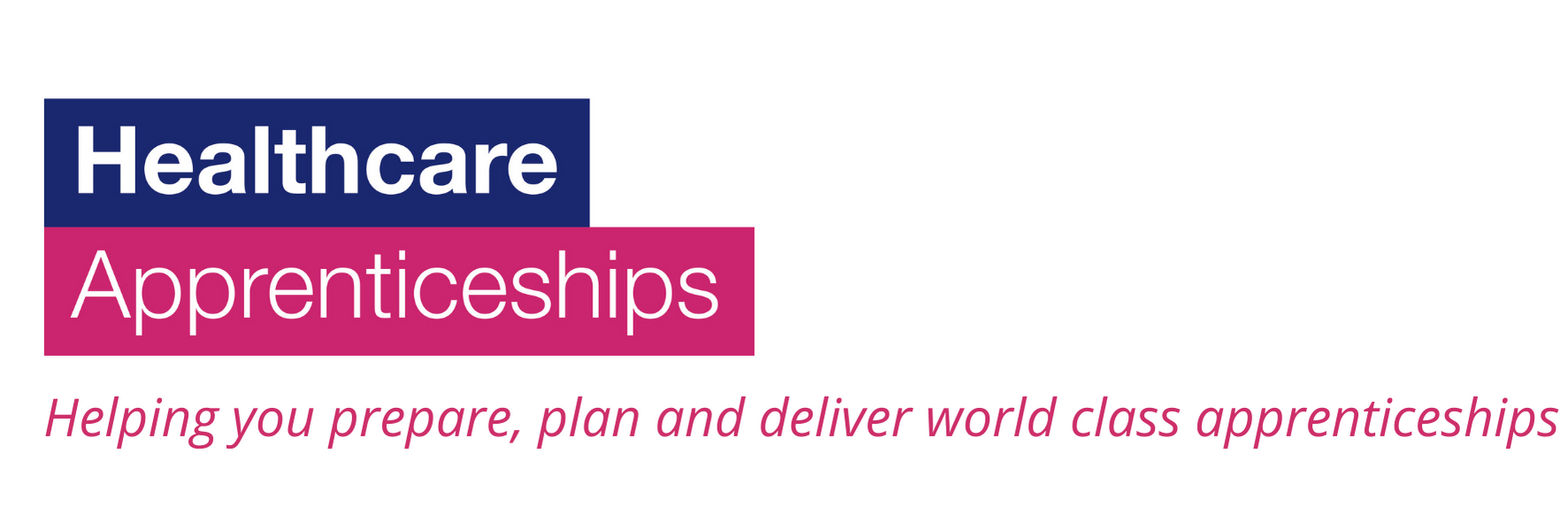Overview
In an observation with questions, an independent assessor observes an apprentice in their workplace. The apprentice completes their day-to-day duties under normal working conditions. This allows the apprentice to demonstrate the KSBs shown in the mapping through naturally occurring evidence. The independent assessor asks questions as explained below. Simulation is not permitted during the observation.
The observation and responses to questions must be assessed holistically by the independent assessor when they are deciding the grade for the observation of practice.
Rationale
- This is a practical role, best demonstrated through completing activities in a real work setting.
- Observation makes use of employer resources and equipment, which will be familiar to the apprentice and thus allow them to perform at their best.
- Questioning allows for the assessment of the breadth and depth of underpinning knowledge against the grading descriptors.
- Tasks completed during the observation should contribute to workplace productivity and are valid.
- It is a holistic assessment method.
Delivery
The observation of practice must be structured to give the apprentice the opportunity to demonstrate the KSBs mapped to this EPA method to the highest available grade.
The independent assessor must only observe one apprentice to ensure quality and rigour and they must be as unobtrusive as possible.
The EPAO must give an apprentice 2 weeks notice of the observation.
The observation must take 2 hours and 15 minutes
- Component 1: live observation 90 minutes
- Component 2: question and answer session 45 minutes
The independent assessor can increase the time of the observation by up to 10%. This time is to allow the apprentice to complete a task or respond to a question if necessary. The observation and questioning must allow the apprentice the opportunity to demonstrate the KSBs at the highest possible grade.
The observation may be split into discrete sections held on the same working day.
EPAOs must manage invigilation of apprentices at all times to maintain security of the EPA, in line with their malpractice policy. This includes breaks and moving between locations.
The independent assessor must explain to the apprentice the format and timescales of the observation before it begins. This does not count towards the assessment time.
The independent assessor should observe the following during the observation:
- Working as part of the healthcare team to assess and provide care to individuals
- Communicating in a way that facilitates understanding
- Maintaining the health and safety of the workplace, individuals, colleagues and themselves through safe work practices
- Adhering to protocols relevant to their role, the service or intervention they are providing and the organisation they are working in
These activities provide the apprentice with the opportunity to demonstrate the KSBs as shown in the mapping.
Questions must be asked after the observation. The total duration of the observation assessment method is 2 hours and 15 minutes and the time for questioning is included in the overall assessment time is 45 minutes. The total time for the observation element is 90 minutes. The independent assessor must ask at least 5 questions. Follow-up questions are allowed. The independent assessor must use the questions from the EPAO’s question bank or create their own questions in-line with the EPAO’s training.
The independent assessor must ask questions about KSBs that were not observed to gather assessment evidence. These questions are in addition to the set number of questions for the observation. The independent assessor can also ask questions to clarify answers given by the apprentice.
The independent assessor can increase the time of the observation by up to 10%. This time is to allow the apprentice to respond to a question if necessary. The observation and questioning must allow the apprentice the opportunity to demonstrate the KSBs at the highest possible grade.
The independent assessor conducts and assesses the observation of practice. They must record the KSBs observed, KSBs demonstrated in answers to questions and the grade achieved. The apprentice’s answers to questions must also be recorded.
The independent assessor makes all grading decisions.
Assessment location
The observation of practice must take place in the apprentice’s normal place of work (for example their employer’s premises or a customer’s premises). Equipment and resources needed for the observation must be provided by the employer and be in good working condition.
Questioning that occurs after the observation should take place in a quiet room, free from distractions and influence.
Question and resource development
EPAOs must write an assessment specification and question bank. The specification must be relevant to the occupation and demonstrate how to assess the KSBs shown in the mapping. It is recommended this is done in consultation with employers of this occupation. EPAOs should maintain the security and confidentiality of EPA materials when consulting employers. The questions must be unpredictable. A question bank of sufficient size will support this. The assessment specification and questions must be reviewed at least once a year to ensure they remain fit-for-purpose.
EPAOs will develop purpose-built question banks and ensure that appropriate quality assurance procedures are in place, for example, considering standardisation, training and moderation. EPAO swill ensure that questions are refined and developed to a high standard.
EPAOs must ensure that apprentices have a different set of questions in the case of re-sits or re-takes.
EPAOs must produce the following materials to support the observation of practice:
Independent assessor assessment materials which include:
- training materials
- administration materials
- moderation and standardisation materials
- guidance materials
- grading guidance
- question bank
- EPA guidance for the apprentice and employer


